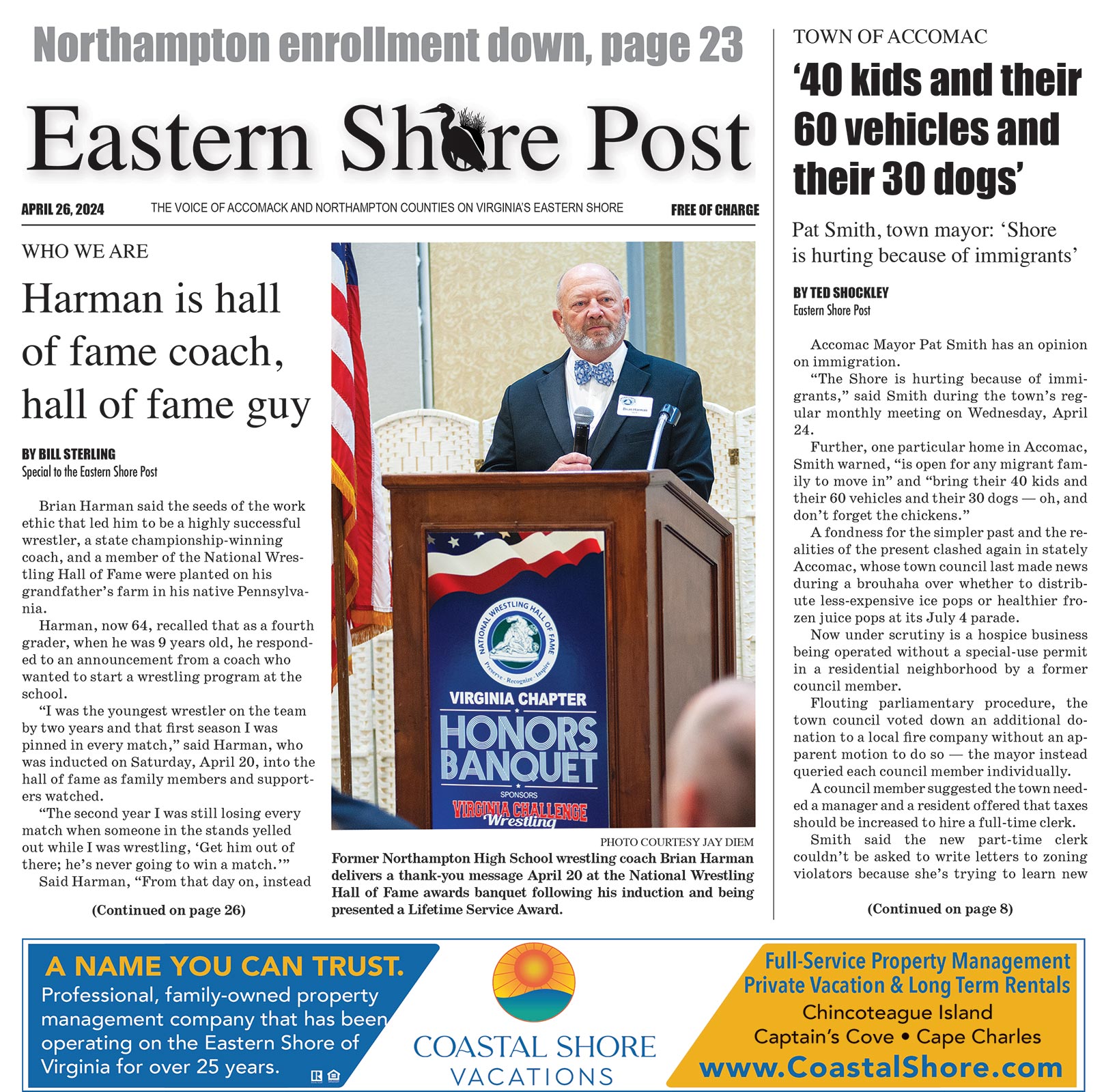Dear Editor:
Of the river of discarded books that flow past our door, one of the most interesting of late has been “What Is It About Virginia,” by Guy Friddell, and in particular, his chapter “Honey In The Horse,” about the statue of General Lee on Monument Avenue in Richmond.
People looking at it, certainly people who commuted past it twice a day for years, were getting a subtle, irreplaceable lesson in horsemanship, from Gen. Lee’s elegant seat, and Traveller’s unmistakable poise. You only get that from living on horseback, as he had certainly done. The man-horse bond is extremely reassuring in this age of automobiles.
The statue was shipped to Richmond aboard four flatcars on May 2, 1890, then shifted to wagons. On May 9, men, women, and children picked up ropes attached to the trucks and towed them to the site on the western edge of the city. Bits of rope still link some families to that day.
In the 1930s someone noticed bees flying in and out of Traveller’s mouth, and an apiarist said that he had been watching them for 20 years carrying their cargoes of pollen and honey into the open mouth of the horse. Given the intense heat of Richmond summers, one can only admire the hardiness of the bees in building a wall of wax and resin that made their hive possible.
General Lee was a great man, and, for you horse fanciers, Traveller was obviously a great horse, even without the honey in his mouth. We can admire the general, who was even greater as an educator than a general, and take a lesson from the industry of our apiary friends.
Van Smith,
Melfa



